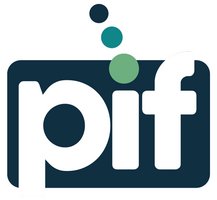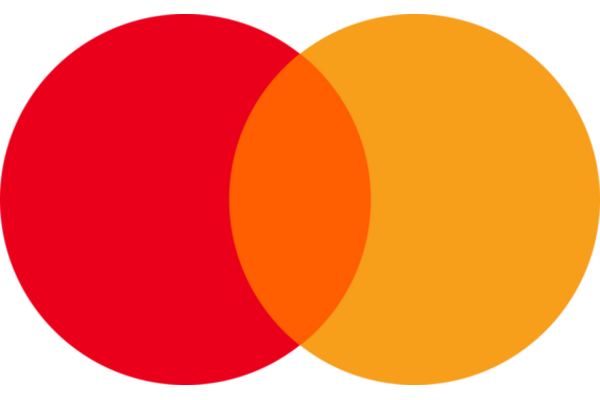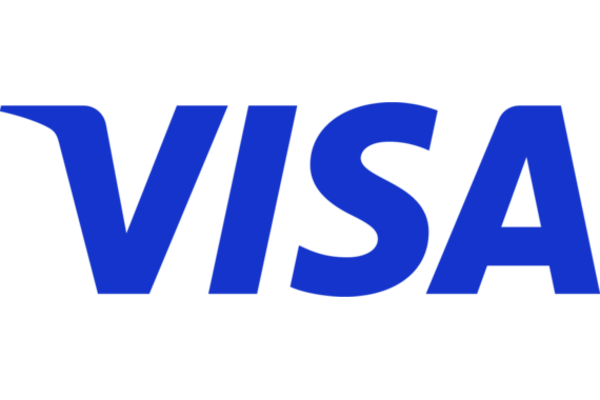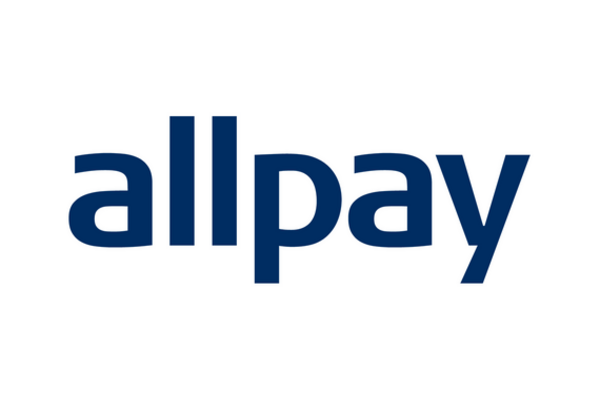Source: Paysafe
Economic challenges are tightening budgets for some consumers, with discretionary expenditure changing as a result. With this in mind, businesses of all sizes must work hard to meet consumer demand, and understand where they can improve to drive success.
Using findings from our latest global research, Lost in Transaction: The Disposable Income Report, which surveyed 14,525 consumers across the UK, the Americas, and Europe, we look at what consumers now expect from small business payments, and how they can adapt experiences to tap into the potential of the year ahead.
Expectations are different for large and small businesses
According to our research, 13% of consumers most regularly purchased from small businesses in the past six months. There are regional differences – fewer people in the UK (8%) regularly shop with small businesses, while more do so in Argentina (18%).
While emerging retail options like second-hand marketplaces such as Vinted (4%), or social media platforms like Instagram where consumers can buy directly (6%) now make up a small share of where consumers spend their disposable income, it’s far more common (31%) for consumers to shop with both and large smaller businesses online in equal amounts.
According to our research, when consumers were asked what they like most about purchasing online from a larger business, most consumers cite lower prices (31%). This is understandable as budgets tighten. In addition, a quarter of respondents (25%) consider larger businesses’ wider range of goods the greatest benefit of shopping with them.
But small businesses are the foundation upon which the economy is built. In the UK, small-medium sized enterprises (SMEs) account for 99.9% of the business population (5.5 million businesses). The number is similar in Europe, Latin America and the Caribbean, while in the USA, small businesses are credited with nearly two-thirds (63%) of the new jobs created from 1995 to 2021.
And small businesses offer unique benefits that consumers appreciate, and even love.
Why do consumers love small businesses?
According to our report, 32% of consumers say the more personalised experience is their favourite thing about shopping online with small businesses. This is a more notable priority in South America than other regions – with Peru (43%), Chile (42%), and Ecuador (40%) particularly keen on the personal touch.
Meanwhile, 31% say it’s because their money stays in the community while supporting a local business. The locality of a small business, even when online, resonates – 29% of consumers like the fact they can get local customer support from a small business if they have an issue with an online purchase.
There is a sense of trust with regards to quality, too. 29% cite more bespoke, or higher quality, goods as their favourite thing about shopping with small businesses. It’s no surprise that this year is looking so promising – 42% of consumers intend to shop more at local businesses in 2024.
However, while many consumers love shopping with small businesses, there are challenges too.
What do consumers expect from small business payments?
As economic pressures mount, consumers are increasingly keen to ensure the security of their financial data when spending online. In fact, only 43% of consumers globally feel comfortable entering financial details online with small businesses – though this is significantly higher in the US, at 53%.
That said, when it comes to security, size may not matter. 68% feel more comfortable using a payment method that doesn’t require them to share financial details online with a business, regardless of its size.
By allowing consumers to use local payment methods (LPMs) like eCash and digital wallets, these security concerns can be overcome – neither of these methods require consumers to enter their financial details.
And payment choice is becoming increasingly important, with 59% of consumers expecting small businesses to offer all payment methods. A smooth experience is essential, too – 63% of consumers say that if a checkout experience has delays and other complications during payment, they’re likely to abandon a purchase, regardless of the size of the online business.
But by embracing LPMs to address consumer security concerns and meet expectations around payments, small businesses can gain and retain customers, offering a friction-free experience that drives real growth in 2024 and beyond.
To find out more about consumer payment trends and small business payments, download Lost in Transaction: The Disposable Income Report.







